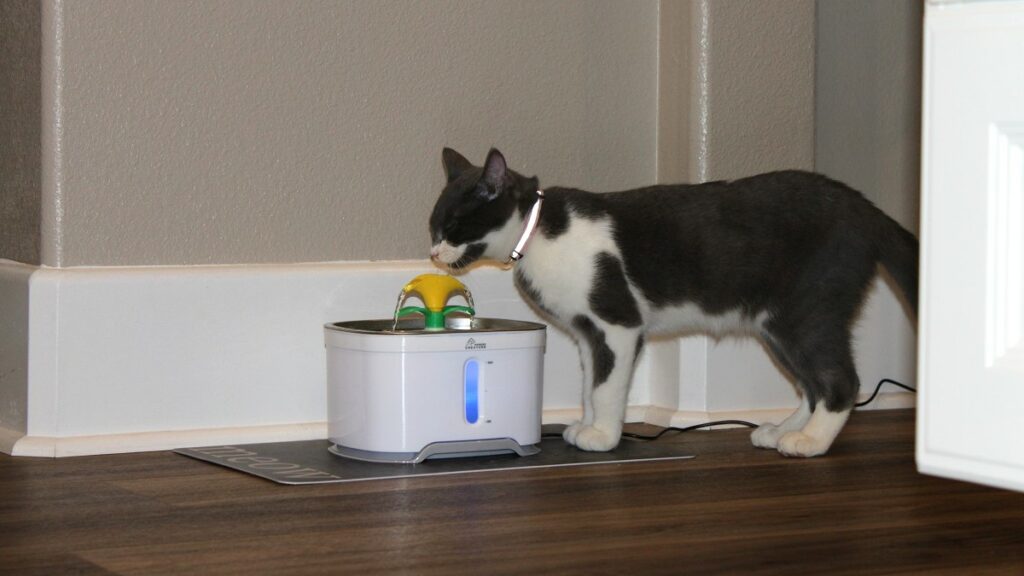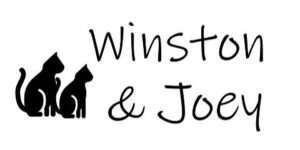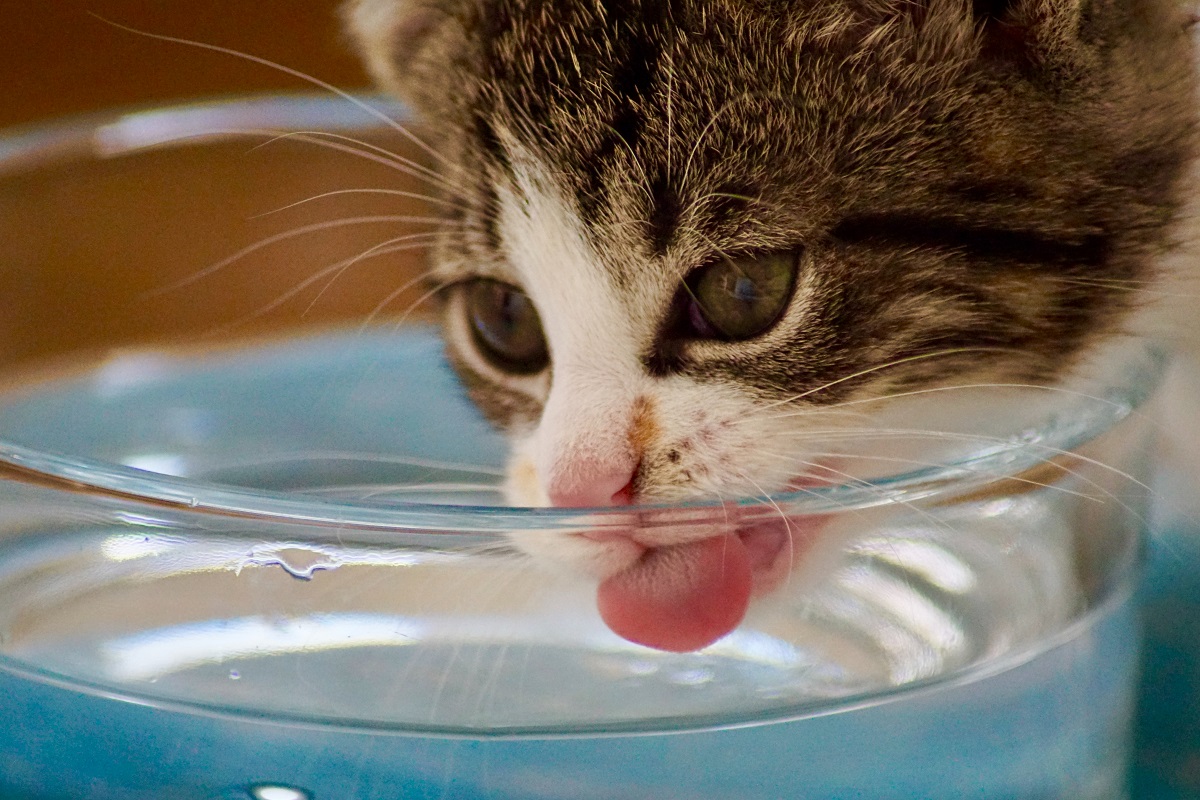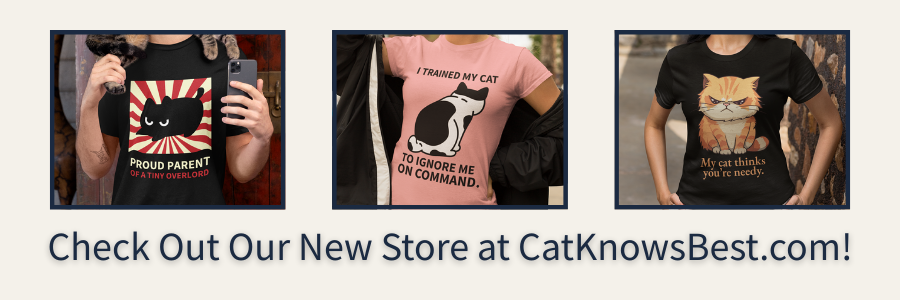If your cat eats wet food but barely touches their water bowl, you might be wondering if they’re secretly getting hydrated from thin air. The truth is less mysterious, but still kind of fascinating. Cats that eat wet food often drink much less water, and that’s usually completely normal.
Unlike dogs, who treat water bowls like splash pads, cats tend to be more subtle in their hydration habits. And when they’re getting plenty of moisture from their food, they don’t need to spend as much time slurping from the dish.
Let’s dive into why this happens, how to make sure your cat is staying properly hydrated, and what signs to watch for just in case they aren’t.
How Wet Food Helps Keep Cats Hydrated
Canned cat food typically contains about 70 to 80 percent moisture. That’s a huge difference compared to dry food, which often has less than 10 percent. When your cat eats wet food, they’re basically getting both their meal and a drink at the same time.
This matters because cats are naturally low-thirst animals. In the wild, they got most of their hydration from eating small prey like rodents and birds. Modern house cats still carry that instinct, which is why many of them won’t go out of their way to drink unless their body absolutely demands it.
So, if your cat is licking the bowl clean at mealtimes and barely glancing at their water dish, it probably just means they’re getting what they need from their food.
How Much Water Cats Actually Need
A healthy cat typically needs around 3.5 to 4.5 ounces of water per five pounds of body weight each day. That includes all sources of moisture: food, drinking water, and even a little from treats.
For example, a ten-pound cat eating nothing but dry kibble would need to drink nearly a full cup of water every day to stay hydrated. But if that same cat eats a full portion of wet food, they might only need a few extra sips to hit the same total.
So yes, less drinking, but not less hydration. It’s not about how much they drink from the bowl, but how much fluid they’re getting overall.
Signs Your Cat Is Staying Properly Hydrated
Even if your cat rarely drinks from their bowl, there are a few easy ways to tell whether their hydration is on point.
Healthy signs include:
- Bright, clear eyes
- Pink, moist gums
- Elastic skin that snaps back quickly when gently pinched
- Normal energy levels and appetite
- Regular, well-formed litter box output
If your cat seems content, alert, and their pee doesn’t smell like it could power a small car, chances are they’re doing just fine.
When to Worry About Low Water Intake
While wet food does a great job of delivering hydration, there are still times when not drinking enough can become a concern even with a moisture-rich diet.
Keep an eye out for these red flags:
- Lethargy or listlessness
- Dry or sticky gums
- Skin that stays “tented” when gently pinched
- Constipation or dry stools
- Reduced urination or strong-smelling urine
These may point to dehydration, especially if your cat’s appetite is also off. Senior cats, cats with kidney disease, or those in very hot environments may be at greater risk.
If something feels off, it’s always worth checking with your vet. They can help determine whether your cat’s water intake is adequate for their specific health needs.
Ways to Encourage Healthy Hydration
Even if your cat seems hydrated, it never hurts to offer more appealing ways to sip. After all, some cats prefer to drink like royalty, ideally from moving water that sparkles just right in the sunlight.
Here’s how to make hydration more attractive:
- Use a cat water fountain for fresh, moving water
- Offer multiple water bowls in different rooms
- Try shallow, wide dishes to prevent whisker fatigue
- Add an extra spoonful of water or low-sodium broth to their food
- Keep bowls clean and refill daily
- Serve water at room temperature to mimic natural sources
Some cats are just picky. Others are part-time hydration enthusiasts. A few might even treat drinking water as an occasional event. But offering variety makes it easier for them to sip when they feel like it.

Ugh, being a kitten is so tough sometimes. I mean, I’m cute and all, but seriously, the thirst is real. #WheresTheWater #FillUpMyBowl #IDemandRefreshment #ThirstyKitty
Joey
Why Wet Food Can Be a Great Choice for Long-Term Health
Because it delivers hydration in every bite, wet food is often recommended for cats prone to urinary tract issues, constipation, or kidney concerns. It helps keep their systems running smoothly and reduces the strain on their internal plumbing.
That doesn’t mean dry food is automatically bad, but if your cat isn’t drinking enough on kibble, switching to wet food, or even a mix of both, can be a smart move.
Hydration impacts nearly everything in a cat’s body, from digestion to circulation. And since cats don’t always know when they’re thirsty, it helps when their food handles that job for them.
Final Thoughts: Less Drinking Doesn’t Mean Less Hydration
Cats that eat wet food often drink less water, and that’s perfectly normal. They’re simply getting moisture from a different source, and in a way that matches how nature designed them to stay hydrated.
As long as your cat seems healthy, energetic, and comfortable, you can relax. Keep their food high-quality, their water fresh, and their litter box behavior on your radar. When you pay attention to the full picture, you’ll know exactly how hydrated your cat truly is, even if they act like they’ve never seen the water bowl in their life.
Sources:
Cat Nutrition Basics https://www.petmd.com/cat/nutrition/evr_ct_cat_nutrition_basics
Understanding Cat Hydration https://www.icatcare.org/advice/cat-hydration
Water Intake and Cat Health https://vcahospitals.com/know-your-pet/water-consumption-in-cats
Feline Diet and Hydration https://www.humanesociety.org/resources/feeding-your-cat
Recent Posts
Your Cat Might Be a Furry Little Healer… or at Least a Fuzzy Alarm System If you’ve ever had your cat suddenly become extra clingy when you’re under the weather, you’re not alone. From...
Cats are experts at hiding things, socks under furniture, their disdain for your playlist, and, unfortunately, symptoms of illness. In the wild, showing weakness could make them a target, so even...


